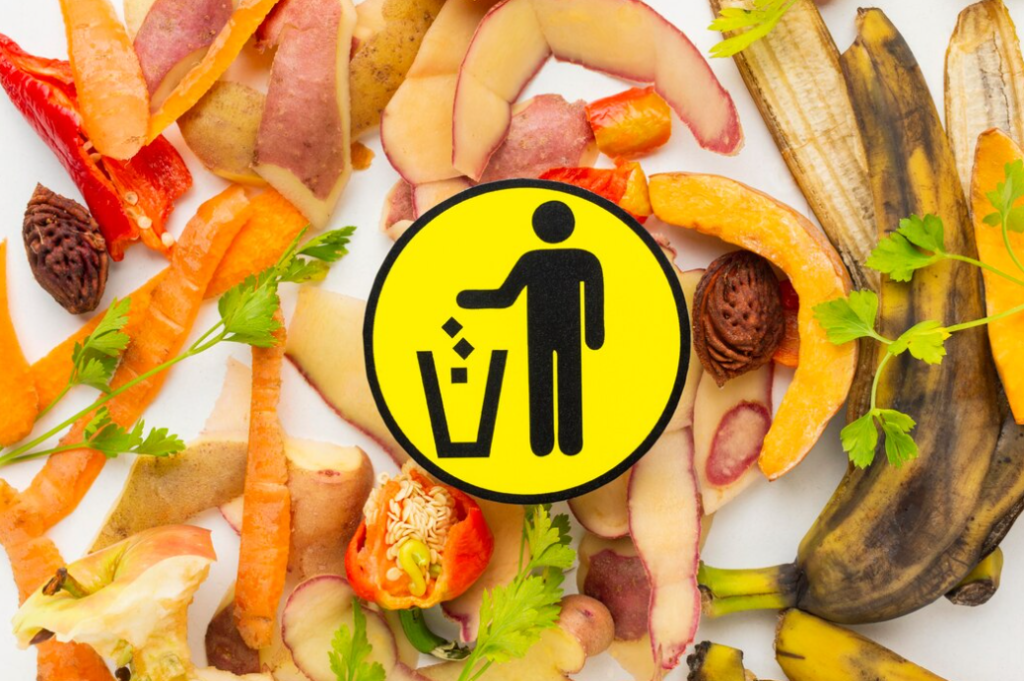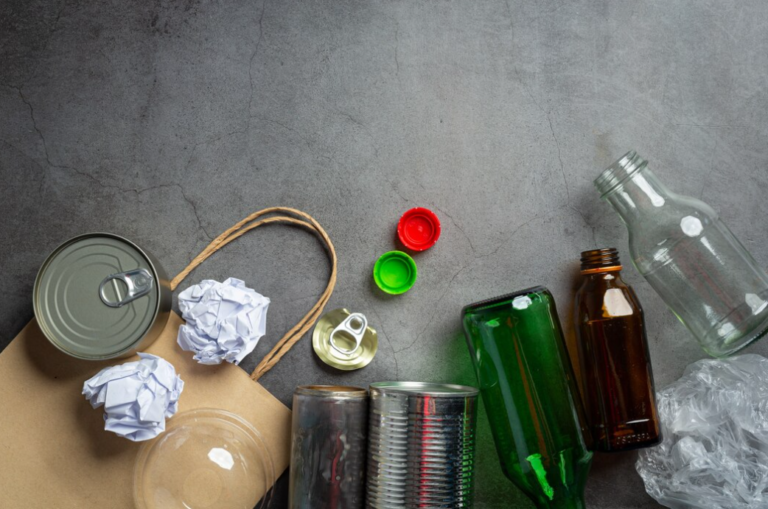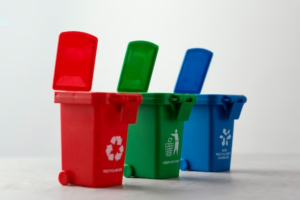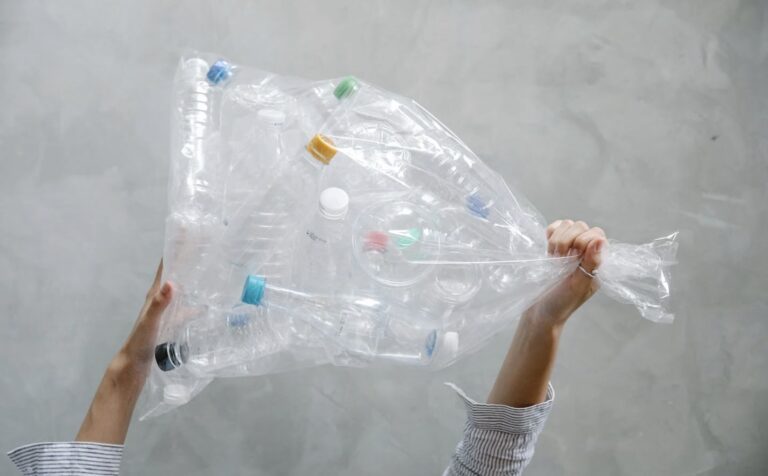In recent years, the pressing issue of environmental sustainability has spurred various initiatives across the globe. Central to these endeavors in the Golden State is the California Food Waste Law. This groundbreaking legislation aims to drastically reduce the organic waste that ends up in landfills, addressing both environmental concerns and the larger global challenge of food waste. As we delve deeper into the specifics and implications of this law, we’ll unpack its objectives, the reactions it has elicited, and the transformative potential it holds for both California and the nation at large.
What is Composting?
Composting is a sustainable practice that transforms a wide range of biodegradable materials into a valuable soil enhancer called compost, aiding in soil health and plant growth.
An extensive variety of organic matter, from common kitchen waste such as fruits, vegetables, and coffee grounds to meats, seafood, and dairy products, can be effectively composted.
In addition to food scraps, household items like paper towels, cardboard, and even soiled food containers can be repurposed through composting, emphasizing its versatility in managing waste and promoting environmental sustainability.
California Organic Waste Law 2022
Starting January 1, 2022, individuals and institutions across California must segregate organic matter (primarily food leftovers and garden debris) from their regular trash. This composting mandate was among the 770 laws enacted in California as of the start of 2022. The stipulations for “Short-Lived Climate Pollutants” were outlined in Senate Bill 1383, endorsed by the former state governor, Gerry Brown, on September 19, 2016.
Organic Waste Management Practices in California
Starting in 2022, every municipality in California, encompassing towns, cities, and counties, has been mandated to offer composting bins and corresponding organic waste pickup services to its residents and commercial entities. This initiative ensures the recycling and appropriate disposal of organic materials across the state, promoting a greener and more sustainable environment.
Why California Implemented Organic Waste Rules?
California’s composting legislation emerged due to concerns about organic waste, particularly food waste, accumulating in landfills. In 2018, the EPA noted that food waste made up over 21% of landfill content. This decomposition process in landfills results in the release of methane, a potent greenhouse gas and major constituent of natural gas. Consequently, California has set an ambitious target to cut the disposal of organic waste into landfills by 75% from its 2014 levels by the year 2025.

Advantages of Composting Beyond Waste Reduction
Incorporating everyday items like coffee grounds and kitchen scraps into composting practices not only diverts them from landfills but also prevents potential blockages in household drain and sewer lines. Minimizing the use of garbage disposals can lead to decreased maintenance costs and reduced need for professional plumbing interventions.
Strategies for Sorting Compostable Waste from Regular Trash
One practical approach to segregating organic waste from regular trash is to utilize a dedicated container in your kitchen space. Numerous recommendations for suitable containers can be found through resources like CalRecycle. A popular option is the 1.3-gallon stainless steel container, equipped with a lid and a charcoal filter to effectively contain odors.
As you accumulate organic waste, fill the bin. When it’s full or at regular intervals, transfer its contents to your external compostables cart. To prevent sticking, it’s recommended to line the base of the green cart with dry garden compostables or a cardboard sheet. This ensures easier disposal and cleaning.
What Can You Put in the Green Waste Bin California 2022
As of 2022, California has made significant strides in its waste management and recycling efforts. In the state’s green waste bins, residents are typically encouraged to dispose of organic and yard waste materials. This includes items such as grass clippings, leaves, branches, brush, and other garden debris. Additionally, due to the expanded organic recycling regulations, many municipalities also allow for food scraps, coffee grounds, tea bags, eggshells, fruits, and vegetables to be placed in green bins.
A Guide to Compostable Materials
When considering composting, a variety of organic materials can be introduced into your compostables cart. Here’s a broad overview:
Edible Materials:
- Proteins & Dairy: This includes meats (bones too), fish, shellfish, and dairy items;
- Fruits & Veggies: All types of fruits and vegetables, regardless of their condition;
- Miscellaneous Kitchen Waste: Eggshells, coffee grounds, teabags, and even limited amounts of cooking grease, oils, and fats when mixed with dry compostables.
Paper & Cardboard Products:
- While food-contaminated cardboard should not be mixed with regular recyclables, they’re perfect for composting;
- Items like greasy pizza boxes, unwaxed paper plates, napkins, and paper towels are ideal.
Garden Debris:
- Greenery: This encompasses leaves, grass cuttings, shrubbery and tree trimmings, weeds, and flowers;
- Bulkier Yard Items: Think straw, and smaller branches (preferably under 4 feet in length and less than 3 inches in diameter).
Remember, composting these items is not just environmentally responsible; it’s also a great way to reduce waste and give back to the Earth.
Non-Compostable Items
Though labeled as eco-friendly, bio-degradable plastics – including bags, cups, containers, and utensils – don’t decompose quickly enough for standard composting. Similarly, waxed cardboard items like milk cartons are also unsuitable. Additionally, some plants don’t degrade rapidly.
Here’s a comprehensive list of materials you should place in your regular trash bin instead of the green compost cart.
- Eco-friendly plastics;
- Green bags;
- Sustainable cups and containers;
- Bio-degradable utensils;
- Plastic carriers;
- Disposable coffee cups and tops;
- Plastic drink containers and covers;
- Paper beverage holders;
- Paper broth containers;
- All milk boxes (dairy and alternatives);
- Coated cardboard or paper;
- Palm leaves;
- Yucca plants;
- Century plants (Agave americana);
- Poisonous oak;
- Bamboo plants;
- Waste from pets or humans.
Maintaining Clean Composting Bins
With the introduction of California’s Compost Regulation, a surge in compostable contributions from Californians is anticipated in both kitchen containers and green recycling carts.
If compost materials are placed in an unfilled bin, they’re likely to adhere to its base. Below are some strategies to ensure your kitchen bin and green cart remain tidy.
Tips for Kitchen Bins:
- Employ a wooden spatula to clear any residue from the kitchen bin before transferring to the green cart;
- Shield the kitchen countertop bin using a petite paper sack.
Guidance for Green Carts:
- Begin with a layer of garden waste at the base of your vacant cart each week;
- Occasionally, employ a flat-edged shovel to remove compost from the bin’s bottom.

Has California’s Organic Waste Recycling Fallen Short?
In recent years, the ethos of “reuse, reduce, and recalibrate” has been the rallying cry for many environmental advocates, but California’s challenges highlight the complexities involved. The state, known for setting ambitious goals, faced criticism from the watchdog agency, the Little Hoover Commission, for falling short in its organic waste recycling targets. The mandate, set forth by Senate Bill 1383 in 2016, aimed to significantly cut down the amount of organic material, like food scraps and yard waste, sent to landfills. By 2020, a reduction of 50% was the target, increasing to 75% by 2025.
However, the state’s performance has been underwhelming, not only missing the 2020 goal but even exceeding the organic waste dumped in 2014, the baseline year. The commission’s solution? A temporary pause in implementation to allow for a recalibration of efforts. This has sparked intense debate, especially after millions were invested in this program by businesses, nonprofits, and waste and compost operators. With landfills being the major contributors to methane emissions in the state, many view any delay as a direct threat to climate change efforts. As eloquently put by a representative from the California Compost Coalition, “bureaucracy needs to keep pace with the urgency of climate change.”
While the Commission agrees with the overarching need to cut methane emissions and support organic recycling, it believes a pause might offer especially rural counties a breather to build necessary infrastructure and outreach. They see it as a chance to get things right without the constant pressure of looming penalties. Anthony Cannella, a commissioner and ex-state senator, encapsulated this sentiment, asserting that a pause won’t bring about global chaos.
The broader context is important, too. California’s struggles with organic waste recycling aren’t isolated. The state has faced similar challenges with other recycling initiatives, particularly in the realm of plastics. These difficulties underscore that even the best-intentioned policies can sometimes have unintended and contentious consequences. As the commission wraps up its report, the future direction is now in the hands of the legislators. Whether they heed the commission’s advice remains to be seen, but one thing is clear: the path to a sustainable future is often fraught with challenges.
Conclusion
California’s journey with the food waste law California provides a valuable lesson about the complexities and challenges of sustainable practices, even within a state known for its progressive environmental initiatives. The California law food waste, with its noble intentions, underscores the intricate balance between setting ambitious environmental goals and the realities of implementation on the ground. While the state’s organic waste recycling efforts have faced criticism and suggestions for recalibration, the larger conversation has undeniably brought attention to the pressing issue of food waste and its environmental implications. As the debate over the best way forward continues, one takeaway remains evident: proactive and informed policy-making, coupled with collaboration and flexibility, will be key to navigating the road ahead. Through trials and debates, California’s commitment to a sustainable future remains unwavering, serving as both a beacon and a cautionary tale for other regions grappling with similar challenges.









+ There are no comments
Add yours